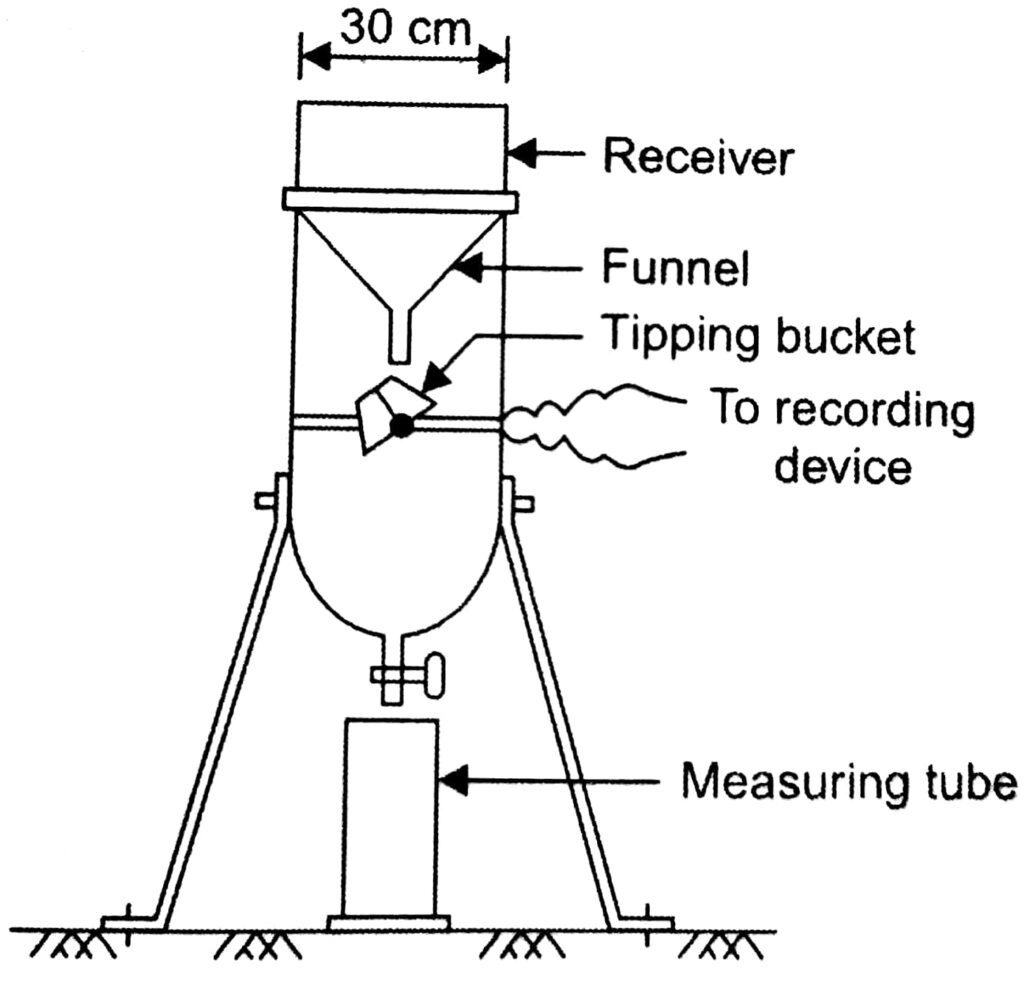How to Select the Right Rain Gauge for Reliable Precipitation Tracking
How to Select the Right Rain Gauge for Reliable Precipitation Tracking
Blog Article
Revealing the Science Behind Rain Determines: Exactly How These Gadgets Play a Vital Duty in Climate Study and Ecological Tracking
Rain assesses, apparently straightforward devices, hold an extensive value in the realm of environment study and environmental tracking. As we peel back the layers of this scientific shroud surrounding rainfall evaluates, we uncover a globe where precision, information accuracy, and careful observation merge to unveil a deeper understanding of our changing climate and its effect on the planet.
Importance of Rain Gauges
Rainfall assesses play a vital duty in monitoring and measuring precipitation levels, giving necessary data for climate study and evaluation. These tools are fundamental in evaluating the quantity of rainfall that happens in a certain area over a specific period. By determining and gathering rainwater, rain determines deal useful insights into the circulation and strength of precipitation, assisting meteorologists, hydrologists, and climatologists in recognizing weather condition patterns and fads.
Furthermore, long-lasting information accumulated from rain evaluates helps in evaluating environment modification effects and patterns, contributing considerably to scientific research study and decision-making processes. In significance, rainfall determines serve as important devices in the field of meteorology and environmental scientific research, playing a critical role in advancing our understanding of weather condition and climate dynamics.
Kinds Of Rainfall Gauges

Functionality and Procedure
In the realm of climate research and atmospheric research studies, the efficiency of rain evaluates depend on their detailed capability and precise operational mechanisms. Rain assesses are designed to properly gauge the quantity of precipitation that drops over a specific area during a collection period. These tools typically contain a funnel that collects rainwater and networks it right into a determining tube. The determining tube is marked with adjusted dimensions that allow for the specific metrology of rains.
The capability of rain gauges is based on the concept of gauging and collecting rain in a standardized way. This collected data is important for understanding neighborhood climate patterns, tracking long-lasting environment fads, and evaluating ecological impacts. To ensure precise dimensions, rain assesses need to be purposefully positioned in open locations away from obstructions such as buildings or trees that might disrupt the collection process.
The functional aspect of rain evaluates involves regular upkeep to stop particles build-up, calibration checks to preserve dimension accuracy, and information tape-recording for evaluation (rain gauge). In general, the functionality and operation of rain gauges are vital for collecting dependable rainfall data important to climate research and environmental surveillance
Role in Environment Research Study
Given the vital relevance of exact rainfall measurements in understanding climate patterns and ecological influences, the role of rainfall gauges in environment research study is important. Rain gauges supply necessary information for climate research by quantifying the quantity of rainfall that tips over a details location throughout a provided period. This information is essential for monitoring lasting trends in precipitation patterns, assessing the influence of environment modification on rainfall distribution, and enhancing climate designs.

Climate scientists utilize data gathered from rainfall assesses to assess variants in rainfall levels, determine local climate fads, and review the effectiveness of water source management approaches. By contrasting historic precipitation information with present measurements, researchers can spot shifts in precipitation patterns, such as changes in the regularity or strength of rainfall events. This details is essential for comprehending just how climate modification is affecting precipitation characteristics and can aid policymakers make informed choices pertaining to adaptation and mitigation techniques.
Applications in Environmental Surveillance

In flooding projecting, rain scale data helps to track rains strength and circulation, allowing authorities to provide timely warnings and take necessary measures to reduce flooding threats (rain gauge). click now Drought tracking counts on rainfall gauge data to evaluate wetness levels in the see it here soil and track precipitation deficits, assisting in the identification of drought-prone locations and the application of drought response methods
In addition, rainfall scale data plays an important duty in water resource administration by giving info on water availability and usage trends. This data is used to make enlightened decisions relating to water allotment, preservation steps, and sustainable water source planning. Additionally, in agriculture, rain gauge information assists farmers in optimizing watering schedules, plant selection, and total farm management practices based upon regional rainfall patterns. In general, rain evaluates are crucial devices in ecological monitoring, providing beneficial insights that add to informed decision-making and lasting source monitoring.
Conclusion
In final thought, rainfall evaluates are crucial devices for determining rainfall, giving beneficial data for environment research study and environmental tracking. With different kinds and functionalities, rainfall gauges play a critical function in recognizing precipitation patterns and their influence on the setting. By precisely determining rainfall, these devices add to the development of clinical understanding and aid in making informed choices associated to water source management and calamity readiness.
Rainfall evaluates play a vital duty in monitoring and his response measuring rainfall levels, giving crucial data for climate research study and analysis. The conventional rain scale, understood as the "tipping bucket" scale, is one of the most frequently utilized gadgets. Ultrasonic rainfall assesses use sound waves to identify the existence of rain, providing real-time data on precipitation degrees.Environment researchers utilize information accumulated from rain gauges to evaluate variations in rainfall degrees, identify local climate patterns, and evaluate the efficiency of water source monitoring strategies.In verdict, rainfall determines are necessary tools for measuring rainfall, giving beneficial data for climate research study and environmental surveillance.
Report this page